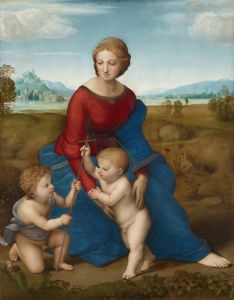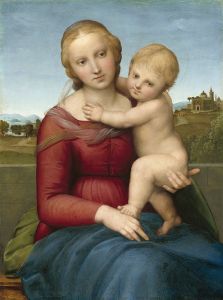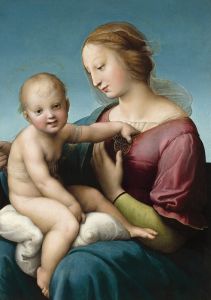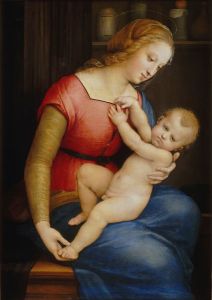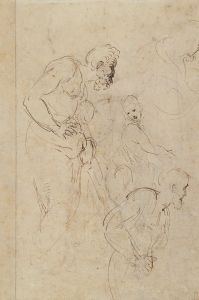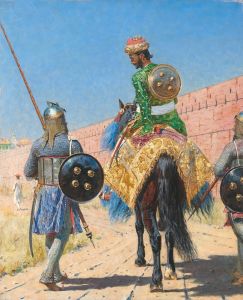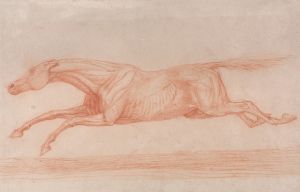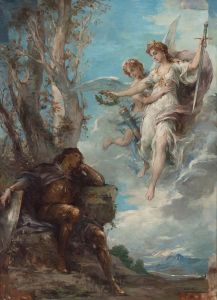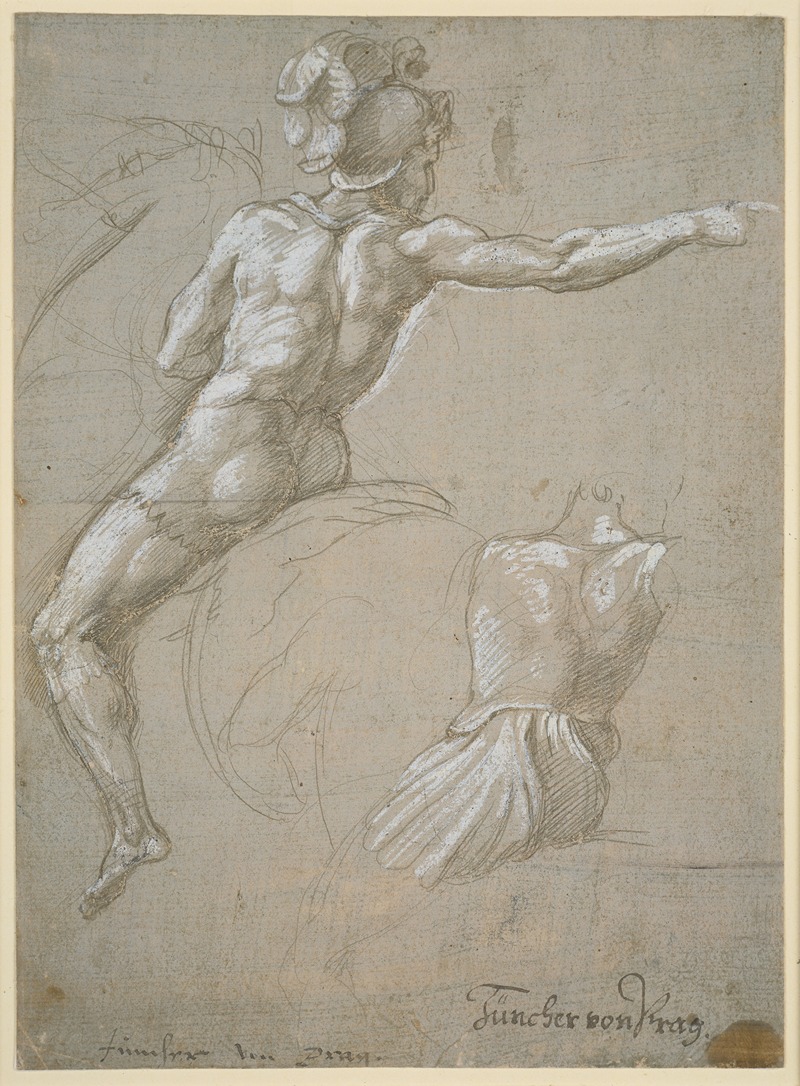
Study of a Warrior on Horseback
A hand-painted replica of Raphael’s masterpiece Study of a Warrior on Horseback, meticulously crafted by professional artists to capture the true essence of the original. Each piece is created with museum-quality canvas and rare mineral pigments, carefully painted by experienced artists with delicate brushstrokes and rich, layered colors to perfectly recreate the texture of the original artwork. Unlike machine-printed reproductions, this hand-painted version brings the painting to life, infused with the artist’s emotions and skill in every stroke. Whether for personal collection or home decoration, it instantly elevates the artistic atmosphere of any space.
Raphael's "Study of a Warrior on Horseback" is a notable drawing attributed to the Italian Renaissance master, Raphael Sanzio. This artwork is a testament to Raphael's skill in capturing dynamic movement and his keen interest in the human form, which were central themes throughout his career. The drawing is executed in pen and ink, a medium that allows for precise lines and intricate detailing, which Raphael masterfully employs to convey the energy and tension of the scene.
The drawing depicts a warrior mounted on a rearing horse, a common motif in Renaissance art that symbolizes power and heroism. The warrior is shown in a dynamic pose, suggesting motion and readiness for battle. Raphael's attention to anatomical accuracy is evident in the detailed rendering of both the horse and the rider, showcasing his deep understanding of anatomy and movement. This focus on realism and expression is a hallmark of Raphael's work and reflects the broader Renaissance interest in the natural world and human experience.
"Study of a Warrior on Horseback" is believed to have been created during Raphael's Roman period, a time when he was heavily influenced by the works of Michelangelo and Leonardo da Vinci. This influence is apparent in the drawing's composition and the muscular tension of the figures, reminiscent of Michelangelo's sculptural work and Leonardo's studies of motion. Raphael's ability to synthesize these influences while maintaining his unique style is one of the reasons he is celebrated as a master of the High Renaissance.
The drawing is considered a preparatory study, likely intended for a larger work or fresco. Raphael often created numerous sketches and studies before executing his final compositions, a practice that allowed him to explore different poses and arrangements. These studies provide valuable insight into his creative process and his methodical approach to composition and design.
Currently, "Study of a Warrior on Horseback" is housed in the Ashmolean Museum in Oxford, England. The museum's collection includes several works by Raphael, offering a glimpse into his development as an artist. The drawing is an important piece within this collection, illustrating Raphael's skill in draftsmanship and his ability to convey narrative through form and movement.
Raphael's work, including this drawing, continues to be studied and admired for its technical excellence and its contribution to the development of Western art. "Study of a Warrior on Horseback" exemplifies the qualities that define Raphael's legacy: a harmonious blend of classical beauty, dynamic composition, and a profound understanding of human and animal anatomy.





